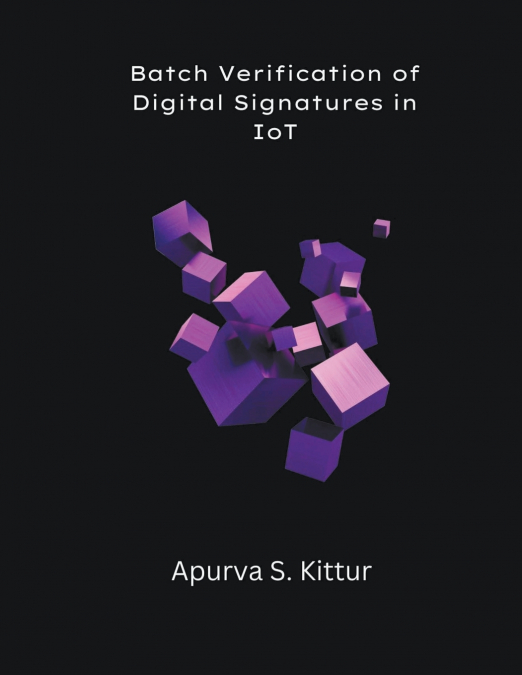
Apurva S. Kittur
Internet of Things (IoT) is coined in 1999 by Kevin Ashton. IoT can be defined in many ways. ’Internet’ refers to the interconnectivity of devices to create a network, and ’Things’ refers to the embedded objects or devices that can connect to the Internet. One way of defining is, ’it is a network of sensors and smart devices which sense the data which is further processed and analysed in an ubiquitous network.’ IoT has seen rapid development in recent years because of its ’smartness.’ The various applications of IoT include Smart City, Smart Home, Smart Health, Transport and Logistic applications, Weather monitoring and Forecast etc. These applications have millions of devices generating large volumes of data. The rapid development of IoT has increased the curiosity of the attackers. The devices (nodes) in the IoT network have weak security protocols because of their limited computation ability and energy. Hence the nodes of the network are vulnerable to various kinds of attacks. The IoT network has sensors, actuators, controllers, gateway heads, sink, etc. For our reference, we have broadly classified these devices into sensor nodes and gateway nodes. Sensor nodes includes low computation end devices such as sensors, actuators etc., and gateway node includes gateway, sink, cluster head etc. The gateway nodes have better computation power as compared to sensor nodes. But the overall network is not competent to handle complex cryptographic operations. Signature is a unique way to identify a signer. The authenticity of a person/ organization/ entity is verified through its signature. A signature can be a handwritten one, or it can be a digital one. Digital signatures are used to verify the content of the received message and the signer’s identity in digital communication. The exponential growth of Internet technology has led to the growth in usage of digital signatures. Every signer generates a unique signature using his/her private key. The verifier possesses the public key of the signer and verifies the signature using the same. The signature generated by the signer can be verified by everyone who has access to the public key. The concept of batch verification is introduced to reduce the verification time and complexity. Batch verification schemes verify multiple signatures together with signatures either signed by single or multiple signers.